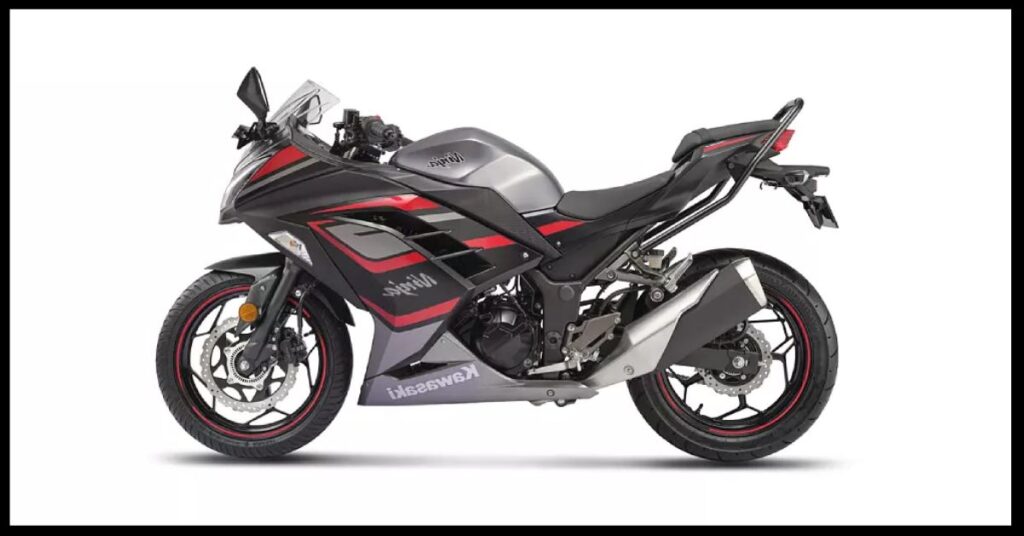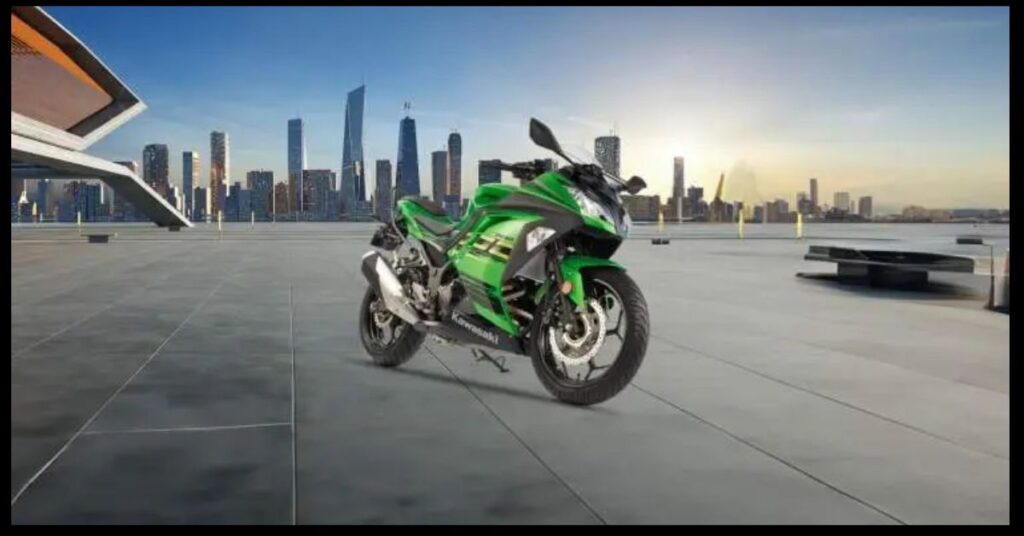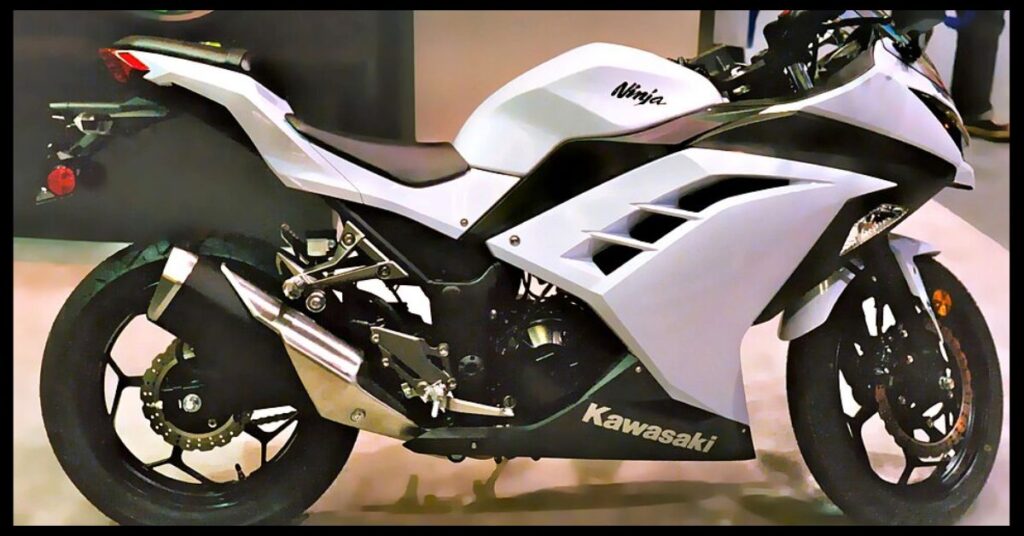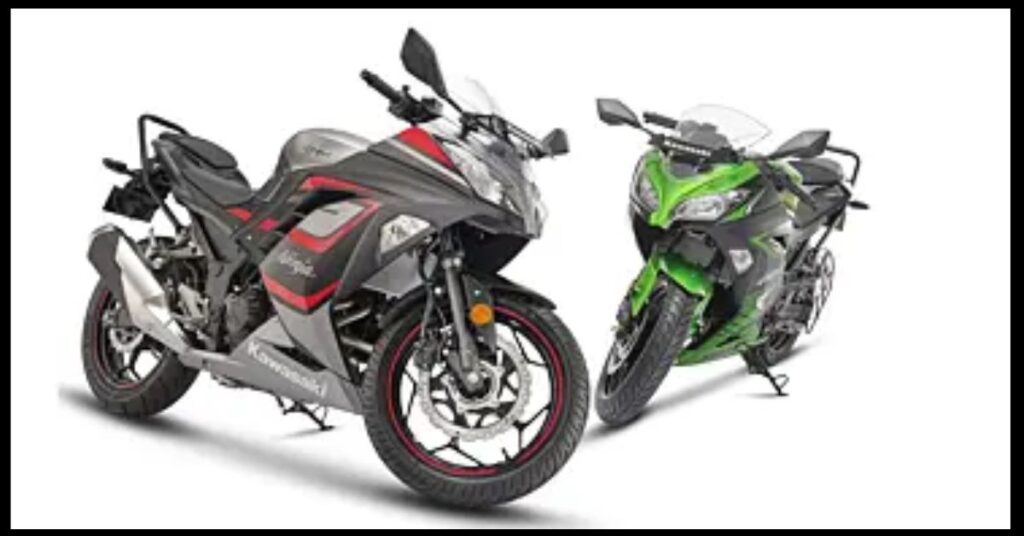The Kawasaki Ninja 300 remains a popular choice in the entry-level sportbike segment, combining aggressive aesthetics, refined engineering, and rider-friendly features. Designed for both daily commuting and spirited weekend rides, this motorcycle offers a balanced experience that appeals to beginners and experienced riders alike.
Overview of the Kawasaki Ninja 300
Introduced as a successor to the Ninja 250, the Kawasaki Ninja 300 brings improved performance, updated styling, and several functional enhancements. Its aerodynamic bodywork and dual-headlamp design contribute to a sporty appearance that reflects its racing DNA.
The Ninja 300 competes with other entry-level sportbikes such as the Yamaha YZF-R3 and KTM RC 390, but it holds its own due to its combination of performance, comfort, and dependability.

Engine and Performance
At the heart of the Ninja 300 is a 296cc liquid-cooled, 4-stroke parallel-twin engine. This engine delivers a peak power output of approximately 39 PS at 11,000 rpm and a maximum torque of 27 Nm at 10,000 rpm, making it capable of reaching a top speed of around 180 km/h [Source: Kawasaki India].
The motorcycle is equipped with a 6-speed gearbox and a slipper clutch. The slipper clutch reduces wheel hopping during aggressive downshifts, enhancing control and safety. This makes the bike suitable not only for city riding but also for highway cruising and track days.

Design and Aesthetics
Inspired by Kawasaki’s larger Ninja models, the Ninja 300 features a full-faired design, angular dual headlights, and a floating windscreen. The muscular fuel tank, sharp tail section, and sleek body panels offer a premium look while improving aerodynamic efficiency.
The instrument console combines analog and digital elements, providing the rider with information such as speed, fuel level, trip meter, and gear position.
Kawasaki offers the Ninja 300 in a variety of color schemes, including lime green, ebony, and candy lime green, ensuring it appeals to diverse aesthetic preferences.
Comfort and Ergonomics
Despite its aggressive design, the Ninja 300 maintains a comfortable riding posture. The handlebar position and seat height (785 mm) support an upright riding stance that reduces fatigue during longer journeys. The footpegs are slightly rear-set, offering a sporty feel while preserving day-to-day usability.
The seat cushioning is designed for both the rider and pillion, ensuring comfort over medium to long distances. At 179 kg (kerb weight), the bike is light enough for new riders to manage, yet stable at higher speeds.
Suspension and Braking System
The suspension setup includes 37 mm telescopic forks at the front and a gas-charged monoshock at the rear. This combination provides a well-balanced ride across various road conditions.
For braking, the Ninja 300 uses a 290 mm petal disc at the front and a 220 mm petal disc at the rear. The inclusion of dual-channel ABS (Anti-lock Braking System) ensures safe and controlled braking, especially on slippery or wet surfaces.

Features and Technology
While the Ninja 300 may not include the latest digital connectivity features, it focuses on delivering essential rider-friendly technologies. Some notable features include:
- Slipper Clutch – Enhances smooth gear shifts and reduces rear wheel lock during aggressive downshifts.
- Dual-Channel ABS – Increases safety under hard braking.
- Radiator Fan Cover – Directs hot air away from the rider, improving comfort in traffic conditions.
- Semi-Digital Instrument Cluster – Offers clarity and quick access to vital riding stats.
Although it lacks a fully digital console or Bluetooth integration, its functional features support reliable and enjoyable riding.
Fuel Efficiency and Maintenance
The Ninja 300 delivers a fuel efficiency of approximately 25–30 km/l, depending on riding style and conditions [Source: BikeWale]. With a fuel tank capacity of 17 liters, the bike offers a reasonable range for both city rides and highway cruising.
In terms of maintenance, Kawasaki has improved parts localization in India to reduce servicing costs. However, compared to some competitors, it still requires relatively premium servicing, primarily due to its twin-cylinder setup and brand-specific components.

Price and Availability
As of 2025, the Kawasaki Ninja 300 is priced around ₹3.43 lakh (ex-showroom India) [Source: Kawasaki India]. This places it in the premium category of entry-level sportbikes.
The price includes high-quality build, Kawasaki’s global brand value, and a sporty yet manageable ride. However, buyers should compare this with similarly priced bikes like the Yamaha R15M, KTM RC 390, and TVS Apache RR 310 for a well-informed decision.
Pros and Cons
Advantages
- Refined Twin-Cylinder Engine: Offers smooth power delivery and performance suitable for varied riding conditions.
- Stylish Design: Shares visual elements with higher-end Ninja models.
- Comfortable Ergonomics: Suitable for daily use and occasional long rides.
- Dual-Channel ABS & Slipper Clutch: Enhances safety and control.
Limitations
- Lacks Modern Tech Features: No fully digital console or smart connectivity.
- Premium Maintenance Costs: Slightly higher than single-cylinder competitors.
- Outdated Instrumentation: Compared to newer rivals, the display and controls feel dated.
Competitor Comparison
| Bike Model | Engine Capacity | Power Output | Price (Ex-showroom) | Key Features |
|---|---|---|---|---|
| Ninja 300 | 296cc twin | 39 PS | ₹3.43 lakh | ABS, Slipper Clutch |
| KTM RC 390 | 373cc single | 43 PS | ₹3.39 lakh | TFT Display, Ride Modes |
| Yamaha YZF-R3 | 321cc twin | 42 PS | ₹4.65 lakh | LED Lights, USD Forks |
| TVS Apache RR310 | 312cc single | 34 PS | ₹2.72 lakh | Bluetooth, Adjustable Suspension |
Conclusion
The Kawasaki Ninja 300 is a well-rounded motorcycle that blends sporty aesthetics with reliable performance. While it may not include the latest in digital features, it offers a proven engine, robust safety features, and a design inspired by track-ready models.
For riders seeking a stylish and powerful entry into the sportbike world, the Ninja 300 remains a compelling option in 2025. However, due consideration should be given to its pricing and the availability of more technologically advanced alternatives in the same segment.
